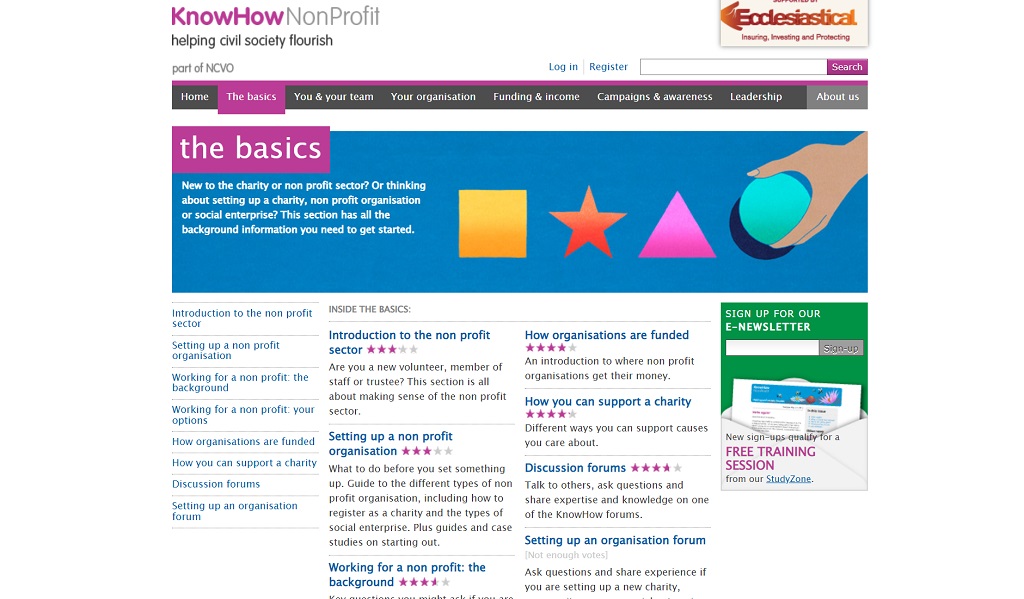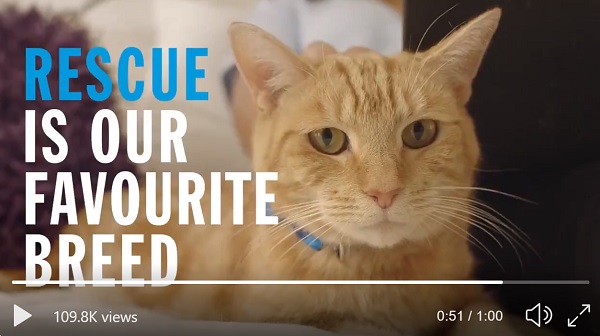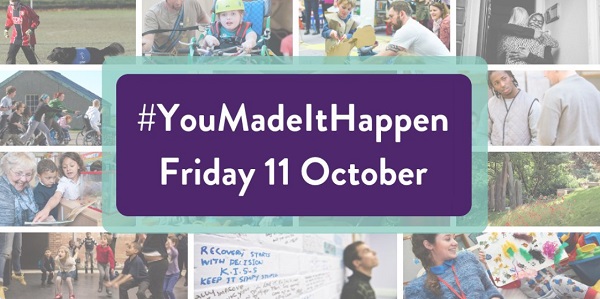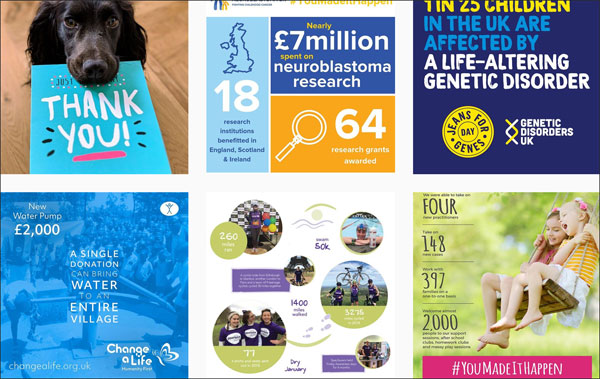As charities, we exist to make a positive difference. Our work can be challenging and relentless as we strive to achieve our specific missions. It can be hard to find time to step back and look at the bigger picture.
The changing climate is the biggest threat facing us all. Many of our beneficiaries will be impacted more than others (see NPC’s Everyone’s Environment Programme). We can’t ignore this or achieve our missions without addressing it. We can’t ignore our own impacts either. We may feel powerless but there are big things we can change within our own organisations.
Within the sector there are sources of help available. Infrastructure organisations have launched campaigns and toolkits to share best practice and inspire change. Here’s a round-up of some of them which help charities look at their own activities, governance and future work with a climate change focus.
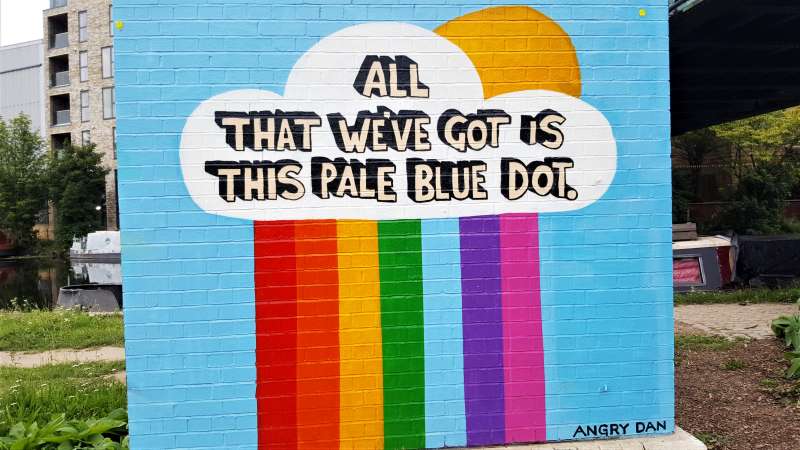
Funding and finance
NCVO’s new campaign – Fuelling Positive Change – asks charities to look at their investments, pensions and other financial items and divest them from fossil fuels. UK charities collectively hold £118bn of investment assets. It is not known what proportion of these rest with fossil fuels but it is likely to be a sizeable proportion. Money Movers say that making your pension green is one of the most impactful things you can do to protect the planet.
NCVO are asking charities to pledge and talk about it publicly. “Together we can support our sector to take charity money out of fossil fuels.” Here’s how to divest from fossil fuels.
See also:
- UK Divest
- NCVO encourages charities to divest from fossil fuels – Civil Society
- To divest or not to divest that is the question – member-only content from CFG.
- Is it time for your charity to invest ethically? CAF
- Net zero and charities – CFG.
Fundraisers have to consider the ethics of where funds come from. The source of your corporate sponsorship or major donor gifts can cause reputational damage. Does your charity have a policy on this?
- Save the Children refuses £750,000 Ukraine donation from North Sea gas firm – Independent
- Ethical fundraising policy template – Charity Excellence Framework.
- Useful advice from Lime Green Consulting on developing an ethical fundraising policy.
- Policy examples from Devon Mind and Tommy’s.
What about your funders? Do they have policies or statements? See the Funder Commitment on Climate Change and their recent year 3 report.
In 2020, CIOF produced a toolkit for fundraisers – Environmental Change – on lots of different aspects of fundraising. It says: “Doing nothing is no longer an option”.
Strategy
What does your five-year strategy say about climate change? Here are some examples of charities which have the climate at the front of their strategies:
NCVO’s Road Ahead report from 2022 outlines environmental drivers which could help shape your strategy.
Everyday operations
From heating your building to replacing IT equipment, every choice you make has an impact on the environment. It can be hard to know where to start.
VONNE’s Going Green Together website and programme recognises this and shares useful insights on everything from food to travel, energy to waste.
Charities in Scotland might like to look at Growing Climate Confidence which has been adapted from VONNE’s resources. It also includes notes about developing policy.
Locality has a climate action section on their MyCommunity hub to help community groups take action. People are invited to join the climate specialist group to learn and swap ideas.
Saying what you are doing or have done is an important step in reassuring supporters and normalising action. See these examples from National Trust, Reach Volunteering, Charity Comms and World Vision International.
ACEVO invite sector leaders to sign up to the Climate and environmental leadership principles.
Your comms
- No more ice cream van pictures to illustrate rising temperatures. Use the Climate Outreach photo library to find better pictures. Examples from The Guardian.
- Check the size of the carbon footprint of your website.
- Pixeled Eggs have lots of tips about reducing the carbon footprint of your comms. This one is about reducing the file size of images. Something we can all do.
- Get your words right. Edie’s jargon-buster can help.
More here from Charity Comms following their #CommsCreateChange webinar.
Getting started
Some of these actions need more investment than others. Some will need board-level commitment, others need a process change. Some will be straight-forward, some may not be appropriate for your organisation.
Who makes these decisions? Some charities have recruited internal champions or built task groups.
All need time and resources to research, implement and communicate about changes.
What do you think?
What is happening in your organisation? Have you been working on this for years or are still to get started?
Can you recommend other good resources or have examples to share? There must be loads. Please do add yours as comments.
Can I help?
Can I help you? Do get in touch.
——-
Artwork by Angry Dan. Photograph by me.

